Did you know entry-level tire construction engineers, compounders and designers aren’t allowed to touch a new tire for a year or two? That’s because tire design and development isn’t part of any college curriculum. The making of a competent tire engineer isn’t the job of a college professor. That task belongs to veteran tire company technical types who serve as mentors.
That means only experienced engineers and chemists are making decisions about the tires you sell. These seasoned vets constantly make running changes in tire technology to improve such things as noise, vibration and harshness, as well as handling characteristics, tread life, braking, water dispersion, and even better gas mileage. And the process never stops.
In this article, the first of four, you’ll get a dose of “plain English” explanations about tire pieces and parts. Tire buyers count on you to explain the complexities of a tire. With all of the advanced technology we’ve seen in recent years, and all of the accompanying acronyms, we’ve lost touch with the basics. How, after all, can you explain to a customer why a tire performs as it claims if you don’t understand more than the acronyms?
A tire must not only look like it can get the job done; it must have the guts to perform the tough work it is asked to do. It must equal or exceed the design intention of every engineer who gives it life. And it must do so with its basic components: the bead, the sidewall, the belt package, the tread compounds and the tread design.
We’ll begin with a close look at the bead and sidewall areas of the tire. In future issues, we’ll address the other primary components.
The Bead Area
In the simplest language, the bead is a loop of high-tensile steel cable coated with rubber. Its primary mission is to provide the muscle a tire needs to remain seated on the rim flange and to pass along the forces between the tire body plies and the wheel.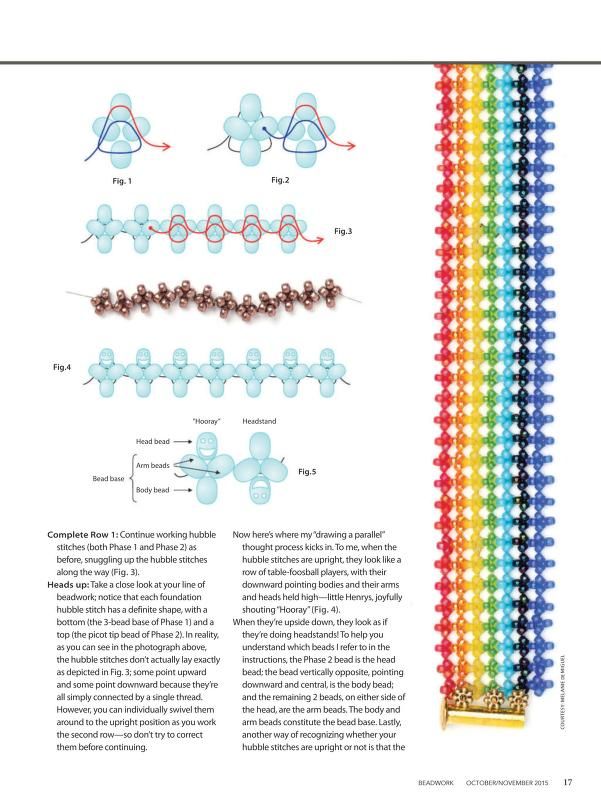
Sometimes called the bead bundle, the bead must also be tough enough to handle the forces encountered by tire mounting machines.
Typically, a bead bundle is comprised of about one pound of large monofilament steel cords. The cord is coated with rubber and then wound into a properly sized loop based on the designed wheel diameter. The resulting bundle is then wrapped with a ribbon of rubber-coated ribbon material. Depending on the tiremaker or the product, the resulting bead hoop can be square, rectangular, octagonal or oval in shape.
Of course, it’s impossible to talk about the bead bundle without mentioning the tire’s body plies. Keep in mind that body plies run from bead to bead, looping down and around the bead bundle, which holds them in place.
In most cases, a passenger tire casing has one or two body plies, which can be made of polyester, steel or nylon. We’ll talk more about the casing later, but it’s important to note how the bead bundle fits into the overall tire design as it relates to body plies.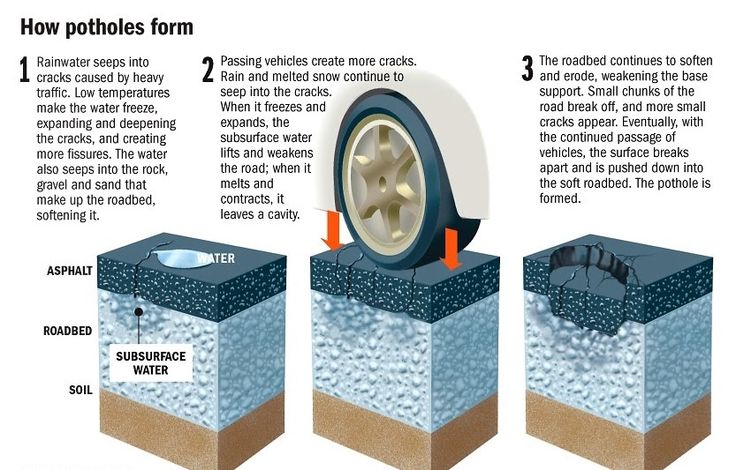
At The Apex
Next, let’s look at the bead apex filler – a hard or soft rubber compound that envelopes the bead and extends up into the sidewall. If the tire is a high profiler designed to provide a boulevard ride, the bead apex filler will be softer. However, on a low-profile ultra-high performance tire, the bead apex will be much harder and extend further into the upper sidewall area for added stiffness.
Generally speaking, a low-profile tire with a stiffer sidewall (and a harder bead apex filler) rides rougher but delivers better handling. A softer sidewall (with a softer compound bead apex filler) provides a softer, more comfortable ride.
Another function of the bead apex filler is to create a smooth contour for the body plies around the bead wire in the lower sidewall area.
The remaining component in the bead area is the bead chafer, or chafer strip. Its mission is to protect the bead area from rim chafing, mounting/dismounting damage and to prevent the tire from rotating on the rim.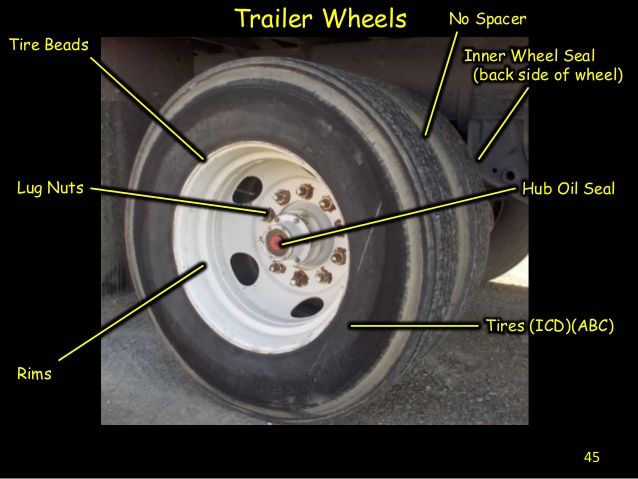 Chafer strips are made of a hard, durable compound rugged enough to withstand the forces working against it.
Chafer strips are made of a hard, durable compound rugged enough to withstand the forces working against it.
In quick review, the bead area of any tire is made up of a bead bundle, a bead apex filler and a bead chafer. Each has a separate job, yet each piece must rely on the other to function the way tire construction engineers intended.
The Sidewall
Now that we have the tire firmly attached to the wheel, the bead wire well protected, and the body plies safely wrapped around the bead, let’s move up to the sidewall.
Tire sidewalls vary in thickness from the shoulder area to the bead area. In the thinnest part, typically in the middle to upper area, most sidewalls are between 6- and 15-mm thick – about 1/4- to 5/8-inch thick. The differences are dependent upon tire application – thinner for ride comfort street tires (S- or T-rated), thicker for off-road light truck tires that require significantly stronger sidewalls.
You should also know that the sidewall and bead areas of a tire represent about 30% of a tire’s total weight.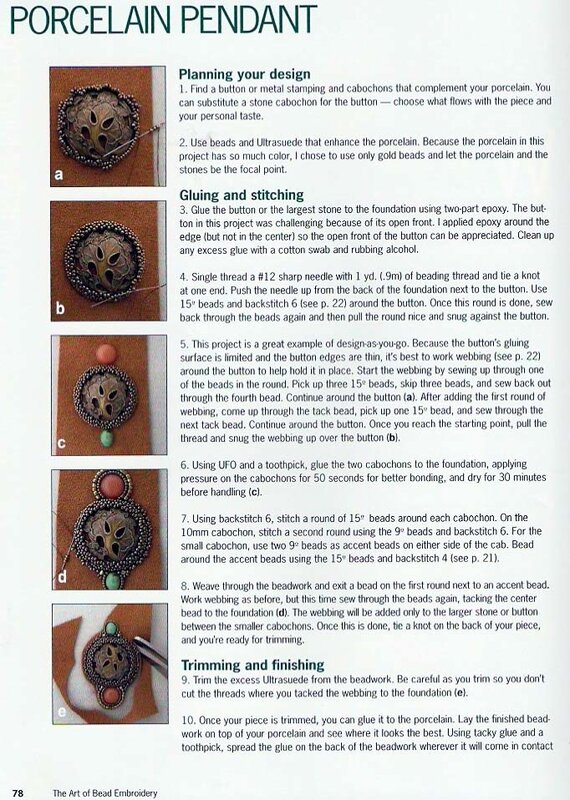 Multiple sidewall plies are typically a blend of natural and synthetic (butadiene) rubber.
Multiple sidewall plies are typically a blend of natural and synthetic (butadiene) rubber.
Keeping that in mind, a sidewall’s primary mission is to transmit force from the ground to the vehicle via the wheel. Inflation pressure holds the sidewall out where it’s supposed to be, allowing it to help carry the load.
The sidewall is also responsible for maintaining lateral stability as hard cornering and/or braking forces are transmitted through the sidewall to the bead.
Engineering at Work
As these forces push and pull their way though the sidewall and bead area, we see some of the finest engineering in the world at work. The body plies, always under compression, are assembled in such a way that the forces working against them are passed to the vehicle via the strong contact between the bead wire, the chafer strip and the wheel’s rim flange.
All of this assumes that the tires are properly inflated. Driving on an underinflated tire results in unwanted sidewall deflection. Such deflection can be more than the tire was designed to handle, resulting in too much heat generating flexing and life-shortening possibilities for the tire over time.
Such deflection can be more than the tire was designed to handle, resulting in too much heat generating flexing and life-shortening possibilities for the tire over time.
Acceleration also does its best to shorten tire life. Step on the accelerator, and you pull the tire components forward, bending and twisting them in the process (If you’ve ever witnessed a rear drag race tire work in slow motion, you’ve seen an extreme example of this phenomenon.). Step on the brakes, and the forces at work stress the rubber in the opposite direction.
Ultra-high performance tires handle these assignments well because of compounding and design technologies employed in the tread area, which we’ll talk about in a future Tire Tech.
To be clear, it is the sidewall and bead areas that deliver all of the real performance and driver comfort.
Sidewalls also face another force: the elements. Weather and ozone can cause cracking and weather checking. That’s why a tire’s sidewall is loaded with a host of materials like anti-oxidants, anti-ozonants and paraffin waxes.
Bounce-Back Factor
The ideal bead and tire sidewall combination offers low hysteresis (for low energy consumption), good tear strength and low heat generation. These properties and characteristics contribute to low rolling resistance, which, in turn, contributes to better gas mileage.
In tire-speak, low hysteresis represents the ability of a tire to return to its normal shape after encountering severe deflection or opposing force. Think of dropping a super ball (low hysteresis) and a ball of Play-Doh (high hysteresis). The super ball bounces very high because it doesn’t absorb the energy. Play-Doh doesn’t bounce because it absorbs all of the energy.
The rubber used in tires must fall somewhere in between, yet be a lot stronger than Play-Doh. Its job is to absorb some of the energy, which is converted into heat.
A tire’s innerliner, one of the first building steps in the production of a radial tire and the last item we’ll talk about in this installment, functions like an inner tube and is the unseen part of a tire and its sidewall.
An innerliner is made up of low-permeability rubber laminated to the inside of a radial tire. Its mission: to keep air in the tire. Typically, it is made of butyl rubber, which is not reactive with oxygen. A small amount of rubber (synthetic isoprene) is added to allow the innerliner to adhere to the body plies during vulcanization.
In the next Tire Tech, we’ll explore the role of the belt package. If you require further elaboration on what we’ve talked about in Part 1, please drop me an e-mail at [email protected].
Mini Glossary of Basic Tire Terms
Bead: The tire part made of steel wires, wrapped or reinfored by tire cords and shaped to fit the rim flange. The bead anchors the body cords of the tire to the rim so that they may resist external and internal (pneumatic) forces.
Bead area: That part of the tire structure surrounding and in the immediate area of the bead wire hoop. Consists of fabric components and shaped rubber parts to provide a tight fit to the contour of the rim flange, resistance to chafing at rim interface and flexing support for the lower sidewall.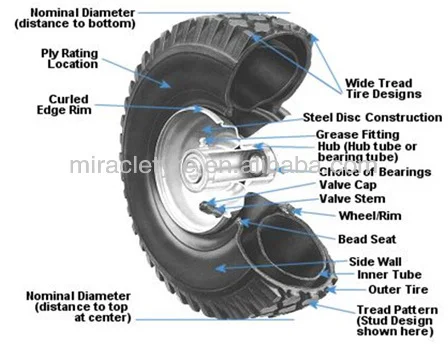
Bead filler (apex): A rubber compound filler smoothly fitting the body plies to the bead.
Bead heel: Rounded part of bead contour, which contacts rim flange where the flange bends vertically upward.
Bead reinforcement: A layer of fabric located around the bead area outside of the body plies to add stiffness to the bead area.
Bead separation: Failure of bonding between components in the bead area.
Bead wrap: Subsequent to forming of the bead, for some manufacturers, the bead is wrapped with a fabric similar to friction tape.
Body (carcass; casing): The rubber-bonded cord structure of a tire (integral with bead) containing the inflation-pressure-generated forces.
Body ply turnup (turnup plies): Ends of body plies in a tire, which are wrapped under the bead wire bundle and extend up the sidewall.
Chafer: A layer of rubber compound, with or without fabric reinforcement, applied to the bead for protection against rim chafing and other external damage.
Flange: The upward curved lip of a wheel rim, which contacts the outer surface of the tire bead.
Flex cracking: A cracking condition of the surface of rubber resulting from repeated bending or flexing.
Flipper: A partial ply wrapped around the bead coil but not extending the full height of the sidewall.
Innerliner: Innermost layer of rubber in a tubeless tire, which acts as an inner tube in containing the air.
Innerliner separation: Separation of tire innerliner from tire carcass, resulting in air loss.
Ply turn-up: The portion of body plies passed around the bead coil.
Sidewall: The portion of either side of the tire that connects the bead with the tread.
Maintaining the proper levels of inflation in a vehicle’s tires is crucial to keep drivers safe and the vehicle fuel-efficient. But there’s another, often overlooked reason tire inflation inspections should always be top of mind when servicing any vehicle that comes into your bays: protecting the tire bead.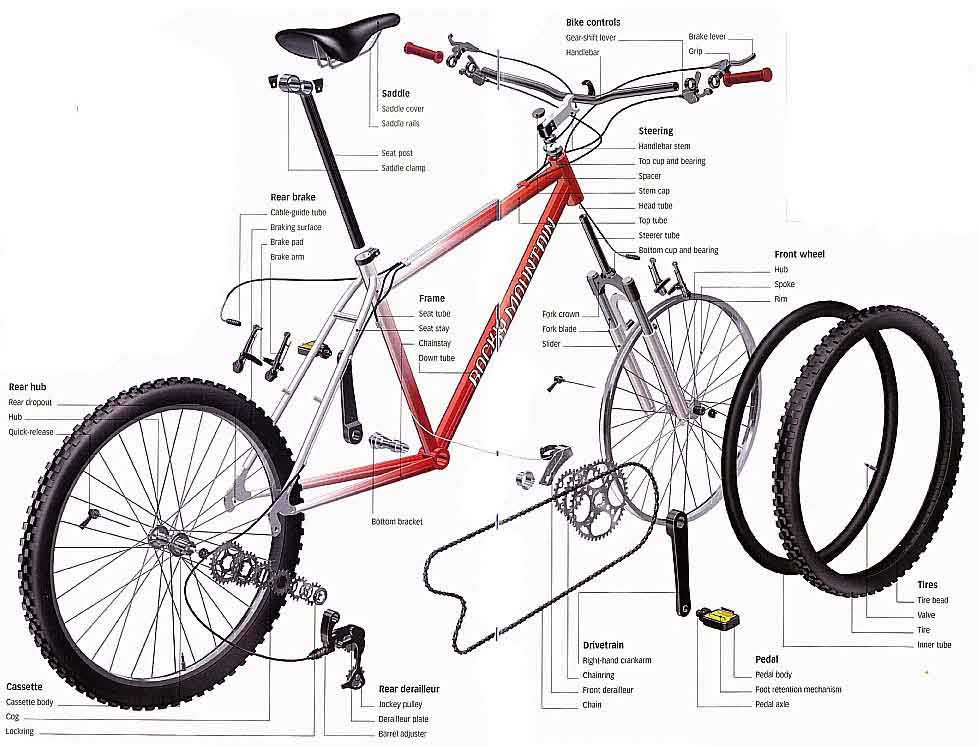
The tire bead is an integral component of any tire, and it can be found at the tire’s inner circle where it connects to the wheel rim. The bead is made of heavy-duty rubber, fabrics and high-tensile wound steel cables called bead bundles. Two bead bundles can be found in every tire — one on the inner side and one on the outer side.
The main purpose of the bead is to keep the tire connected to the wheel, says Phil Mosier, Cooper Tire & Rubber Co.’s manager of commercial tire development, and all traditional passenger and commercial tires are designed with this component.
“The tire bead is a critical component of the tire — it helps securely fit the tire to the rim and seals in the inflation pressure so it doesn’t leak from the tire/rim interface,” Mosier explains. “Functionally, the bead also serves as the anchor to secure the tire to the rim. The inflation pressure inside of the tire exerts tension on the tire’s body ply — the body ply wraps around the bead in the lower sidewall of the tire. Thus, the bead is helping to restrain that tension from the body ply.”
Thus, the bead is helping to restrain that tension from the body ply.”
While there are multiple ways a technician could mount or dismount a tire, one of the best methods for protecting the tire bead is to use a tire changer. Both heavy-duty and standard tire changers aid in the removal and installation of tires onto wheels, but they achieve this in different ways, according to Kyle Harris, a product marketing manager for Hennessy Industries, which manufactures Coats tire changers and wheel balancers.
Heavy-duty tire changers are generally hydraulic-powered and use either a hook or rollers to mount and demount tires. They also typically incorporate a lifting mechanism, as heavy-duty truck wheels weigh hundreds of pounds, Harris says. While standard tire changers work in a similar way, most utilize a bar and a duckbill to mount and demount tires and are electric- and air-powered.
Harris adds while the tire bead is designed to withstand high loads and immense pressure, technicians need to be patient throughout the tire mounting process to avoid inadvertent damage to the bead, as well as keep themselves out of harm’s way.
“One of the most important safety tips regarding beads is to always verify correct tire and wheel sizing, and never try to mount a tire on an incorrect or damaged wheel. Most commonly, technicians might not have the bead in the proper position during demounting or mounting of the top bead. This can stress or break the cables that make up the bead,” Harris says. “And, most importantly, always wear proper safety gear and utilize an inflation cage when [inflating the tires].”
Pete Liebetreu, vice president of marketing for Hunter Engineering, which manufactures a variety of tire service machines, adds that keeping technicians safe when mounting tires comes down to minimizing mounting stress.
“Use care, and use quality lubrication,” Liebetreu advises. “Use professional equipment with sophisticated mount heads and press devices that minimize mounting stress, which can damage beads. Never inflate a torn bead; it can be extremely dangerous. Always use a safety cage for commercial tires and any passenger car tire over 40 psi.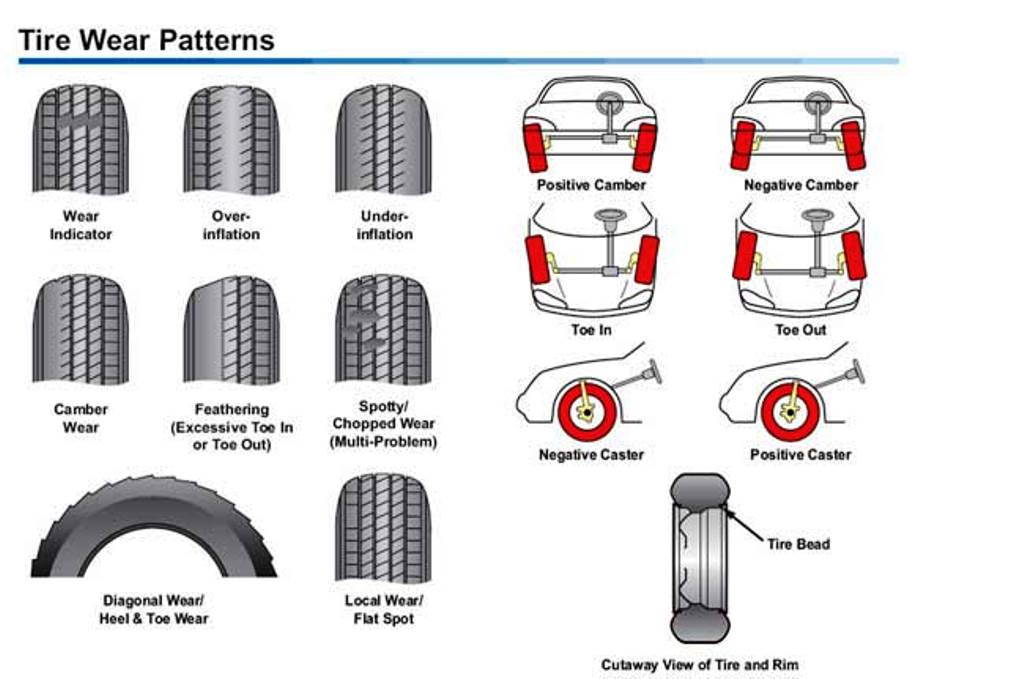 ”
”
Echoing Liebetreu, Harris added one of the most common ways a technician might inadvertently damage the tire bead is from not using enough lubrication on the bead when mounting or dismounting tires. He says it’s good to remember that any routine tire service that’s good for the tire is also good for the bead, including regularly rotating, balancing, aligning and, most importantly, maintaining proper pressure.
While commercial tire beads are typically built using more robust materials to handle the higher loads and heat the truck’s components generate on the road, Rob Williams, senior director of TBR sales for Hankook Tire America, says regular maintenance, including routine pre- and post-trip tire inflation inspections by drivers, is especially critical to keeping the bead intact.
“Since the bead section is directly in contact with the rim, it is easily affected by heat generated from the rim, overloading, low air pressure, etc. In the context of commercial, overloading a tire via weight or road-generated heat at the bead site [increases] the risk of hardening the tire and ultimately reduces the lifetime of that area, [thus] increasing the risk of deformation/failure of the tire and rim assembly,” he says.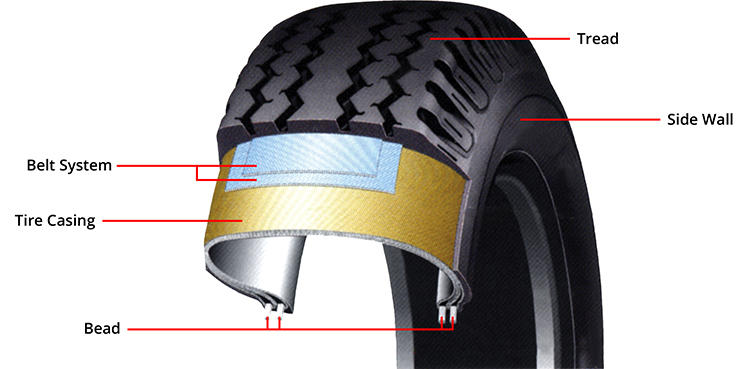 “In both cases, lack of maintenance can result in a tire burst or separation from the rim (de-bead).”
“In both cases, lack of maintenance can result in a tire burst or separation from the rim (de-bead).”
Check out the rest of the December digital edition of Tire Review here.
To better understand how a tire works, you need to at least know its structure. We will talk about the device and functionality of the tire on this page.
Protector
When buying a tire, people pay the most attention to the tread, because this is the most noticeable part of the design and, perhaps, the most variable part of the tire. Its practical tasks are to protect the tire carcass from damage and provide grip with the road surface. The tread is made of thick rubber and is located on the outer outer part of the tire. nine0003
Breaker
The breaker is located between the tread and tire carcasses. These are layers of rubberized cord with separators in the form of rubber layers. The breaker prevents the tire from deforming excessively sideways, maintaining its shape at any speed.
The breaker prevents the tire from deforming excessively sideways, maintaining its shape at any speed.
Board
The bead is based on a wire ring that cannot be stretched. Thus, the tire remains sufficiently rigid under any load. Thanks to the bead, the tread is firmly attached to the rim, preventing the tire from deforming during movement. nine0003
Sidewall
The sidewall looks like a not very thick layer of flexible elastic rubber between the bead and the shoulder area of the tire. In fact, this is a continuation of the tread, which simultaneously protects the carcass from adverse external influences. In addition, it is on the sidewall that information about the tire is located.
Frame
The frame is several layers of cord. The cord is a mixture of rubber and metal or polymer threads. The elasticity of the carcass helps to reduce the coefficient of rolling resistance. nine0003
nine0003
Buying tires for a vehicle is a simple process, but it takes a lot of time if you do not use Internet resources. The Wheels Darom online tire store will help you make it easy and fast. Existing types (winter tires, summer tires and all-season tires) differ in the composition of the rubber compound, construction and design of the tread.
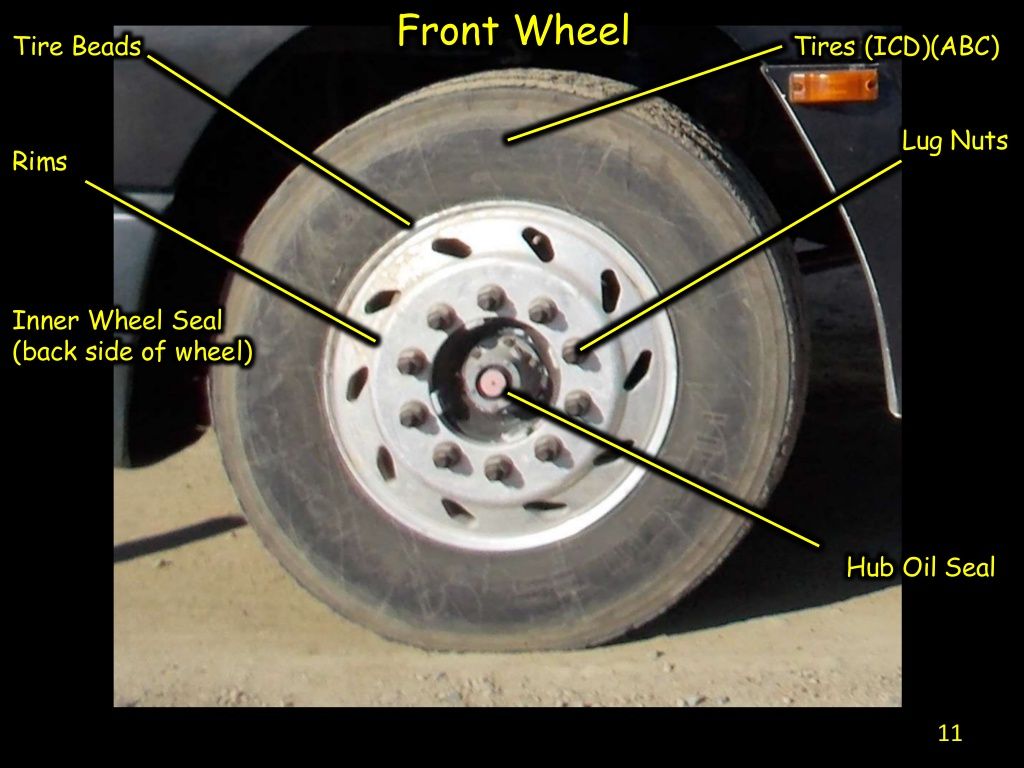
It is most profitable to buy tires in the Wheels for Free online store. Using a convenient filter, you can choose tires by season, brand, tire size or car type. Selection of tires by car brand , for example, allows you to make a request without any extra effort (by selecting only the brand of your car), after which the system will provide all possible tire options that best suit your car. By comparing the features and prices, you can make an informed and correct choice. It remains only to choose and buy tires in Kaluga inexpensively and arrange delivery. nine0003
The manufacturer completes each manufactured car with tires of a certain size. They are selected taking into account all factors as a result of lengthy engineering calculations and affect many performance indicators (speedometer data, amount of fuel consumed, driving comfort on different types of coverage, safety). Changes in tire sizes specified by the manufacturer should be approached very carefully. The tire calculator helps to understand and foresee all the possible consequences of such a replacement. nine0003
They are selected taking into account all factors as a result of lengthy engineering calculations and affect many performance indicators (speedometer data, amount of fuel consumed, driving comfort on different types of coverage, safety). Changes in tire sizes specified by the manufacturer should be approached very carefully. The tire calculator helps to understand and foresee all the possible consequences of such a replacement. nine0003
Tire Calculator evaluates all parameters of the car when changing from one size of winter tires to another, helps to convert American sizes in inches to European ones and check new tires for compatibility with wheel width. This is a very handy tool if you decide to buy tires in Kaluga that are not the size that was installed at the factory.
The tube tire of a passenger car consists of a tire and a tube with a valve equipped with a cap or a key cap. nine0003
The chamber is an annular closed rubber tube with a rubber-metal valve. It is made of elastic rubber and serves only to hold compressed air.
It is made of elastic rubber and serves only to hold compressed air.
Chambers operate under severe conditions, experiencing alternating deformations at high temperatures. Therefore, rubber for cameras should be airtight, elastic, resistant to thermal aging, not change their physical and mechanical properties at different ambient temperatures. The size of the chamber must strictly correspond to the size of the tire with which it is completed. nine0003
If we're talking about passenger car tires, tube tires are now a thing of the past. Foreign manufacturers have abandoned tubes, and now only tubeless tires are on the market. Cameras can be seen on domestic tire models, but not on all. Everything goes to the fact that cameras will soon become history.
A tubeless tire differs from a conventional one - it has a sealing layer 1.5...2.0 mm thick, which is vulcanized to its inner surface. It is made from a mixture of natural and synthetic rubbers with reduced gas permeability. nine0003
nine0003
The tire beads are provided with a sealing rubber layer, which provides the necessary tightness in the area of the beads landing on the wheel rim shelves. This is facilitated by the special design of the tire beads, designed to increase the angle of inclination of the toe of the bead and the increased tightness of the beads on the landing shelves of the rim.
For tubeless tyres, plug-in rubber-metal valves (fig.
Advantages of tubeless tires:
The main advantages of tubeless tires compared to tube tires are:
Attention:
At the same time, the use of tubeless tires requires careful mounting and dismantling.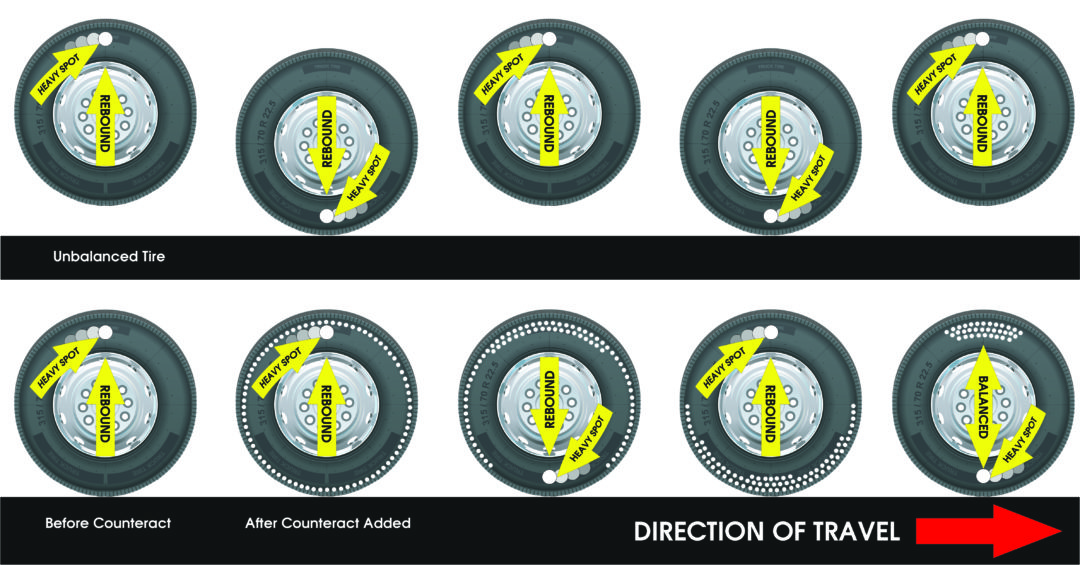 Damage to the bead flanges, especially steel ones, can lead to depressurization of a tubeless tire. If a tire is damaged, it must be repaired by specialists using equipment designed for this purpose. nine0003
Damage to the bead flanges, especially steel ones, can lead to depressurization of a tubeless tire. If a tire is damaged, it must be repaired by specialists using equipment designed for this purpose. nine0003
In case of loss of pressure, do not drive with a flat tire. this will destroy the hermetic layer.
The tube is not inserted into the tubeless tyre. At first glance, you increase the strength of the tire, in fact, an air cushion is formed between the chamber and the pressure layer, contributing to the destruction of the latter. If the load on the wheel is increased (for example: a sharp turn), the wheel may break.
There are complaints about tubeless tires due to weak sidewalls. I would like to say that this is not so. There are no perfect tires. The manufacturer seeks from the tire not only durability, but also comfort when driving. It is the softness of the sidewall that gives a feeling of smoothness in movement. Having made a rigid sidewall, we will be able to jump on curbs and sewer wells on our car; when driving on a flat and good road, we will feel uncomfortable.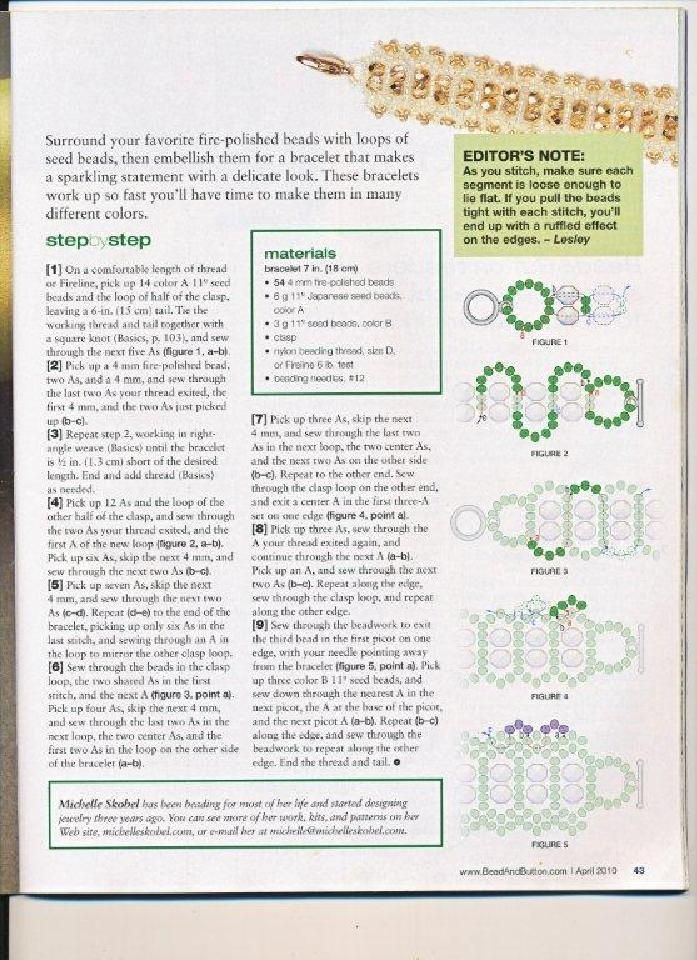 nine0003
nine0003
| What does a snowflake on a tire mean? The snowflake on a tire (3PMSF marking) is a special marking for models that have been tested on snow and are able to meet the minimum requirements for driving safety on.. January 06, 2023, 11:08 | |
| Worn tires are more dangerous than drunk driving A new study has found that worn tires are more dangerous than drunk driving. It has been found that driving a vehicle with tires that have an approved tread depth of 1.6 mm can increase... 26 December 2022, 11:02 | |
| Tire labels - how to read? From November 1, 2012, tires sold in countries within the European Union must have special stickers. They contain information, in particular, about the fuel.  | |